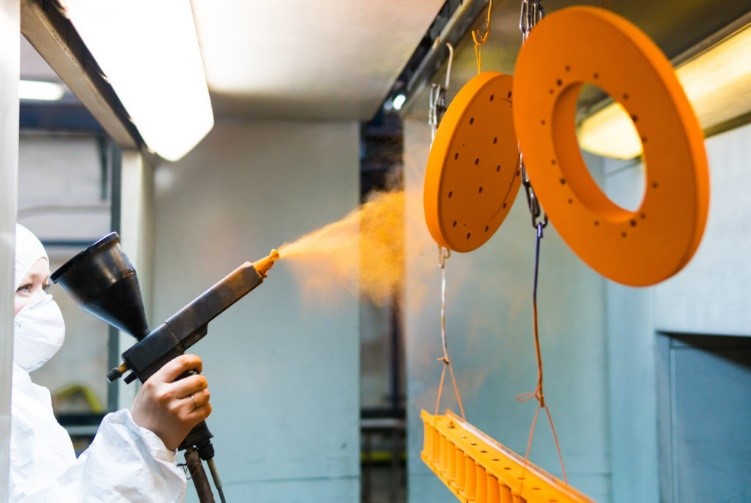TGIC Strippers are designed to remove coatings using a chemical method. These methods vary in cost, processing speed, and worker safety. Because of this, a choice must be made based on the type of coating, size, and substrate to be removed.
Another consideration is the cost and safety of the workers. Each method can be advantageous depending on the task at hand. Here is a look at some of the different types of TGIC strippers.
Hot fluidized-bed strippers are best for removing coatings on most materials. These solutions are heated to 700-800 degrees Fahrenheit and have a hot sand suspension. The gas used is oxygen-poor or oxygen-rich.
In addition, a closed system may include a dust collector and heat exchangers to prevent flammable solvents from leaking into the environment. This method is slow and requires careful handling and training.
Another option is to use plastic media, which was originally developed for aircraft repainting. These are smaller than a traditional liquid and can be softer than the coating to be removed. They use compressed air to break down the coating and are effective at removing multiple layers of coating.
These are also more energy-efficient than liquid chemicals. However, they do not remove the coating as quickly as solvent strippers. These options are also slower than other methods.
Some products can be stripped using a solvent and an alkaline combination. The latter uses a flammable solvent and is less effective on metal substrates. A solvent-based stripper is generally a flammable solvent that may contain up to 25% of hydrocarbons.
It will work on the same material as an alkaline stripper, but the latter will remove the coating with a lower amount of energy. The former is faster, but it is not a good choice for some industries.
Another option for removing TGIC coatings is to use a corrosive acid stripper. These strippers can remove all types of coatings with the use of a flammable liquid. Some are safer than others.
For example, a hot-solute solution can strip more than one layer of alkyd enamel in just a few minutes. So, it is important to consider the environmental impact of using chemical-based acid-based strippers.
A hot-soluted acid stripper uses a pyrolytic process. This type of TGIC stripper is used for abrasive coating removal. The solvent-based product can remove up to four layers of coatings, but it is slower than an alkaline solution.
The flammable acid solution is preferred by many companies. The solvent-based solution is safer than its counterpart. It is also more powerful.
The TGIC strippers contain a powerful chemical that can remove alkyd enamels in minutes. The corrosive acid used in a TGIC stripper is more powerful than an alkaline acid-based one. The chemical will remove alkyd enamels, polyurethanes, and vinyl, which are tougher to remove.
This type of TGIC strip is ideal for coatings removal, but it requires a high amount of energy. It may take a few hours to remove a single layer of coating, while solvent strippers can be highly aggressive.
The TGIC stripper uses the pyrolytic process. Its aqueous solution is 700-800degF. The suspended media is hot sand. The gas used is oxygen-poor or oxygen-rich.
It is a closed system that uses afterburners and heat exchangers to convert organic volatiles to carbon dioxide. Unlike a solvent-based stripper, the pyrolytic process is less destructive to the substrate.
The TGIC stripper works by heating the alkaline solvent at a temperature of 700-800 degrees. The chemical is applied to the substrate with a special brush. In some cases, the TGIC stripper can remove the coatings with a few layers of sand. The TGIC stripper is a pyrolytic solution, which involves a chemical that reacts with the surface to break up its tarry.
Ice crystal blast strippers use air compressors and refrigeration equipment. The ice crystals are then carried through an air stream through a special nozzle. The impingement of the ice crystals breaks the coating film and lifts it off the substrate.
This method is also called TGIC stripper. This is a chemical that can damage both aluminum and steel. For this reason, it is important to use proper protective gear when using a TGIC stripper; that’s why to visit Solvent Replacement.
